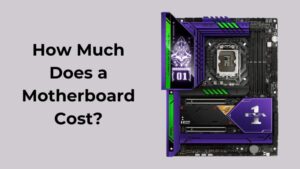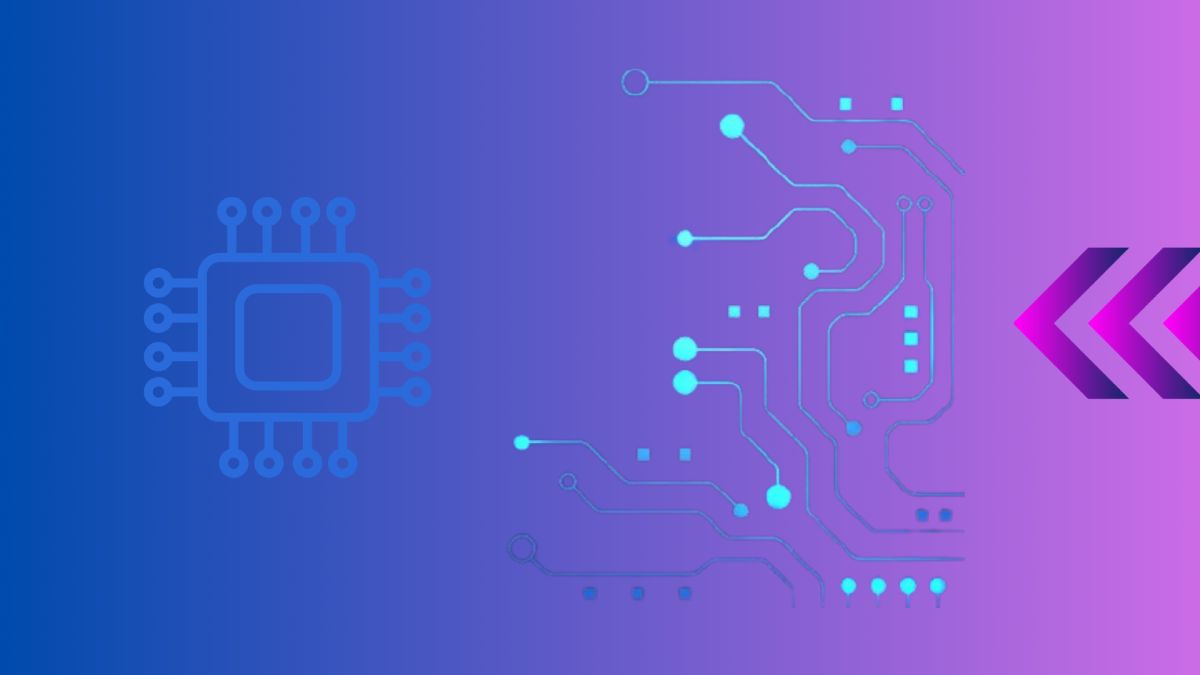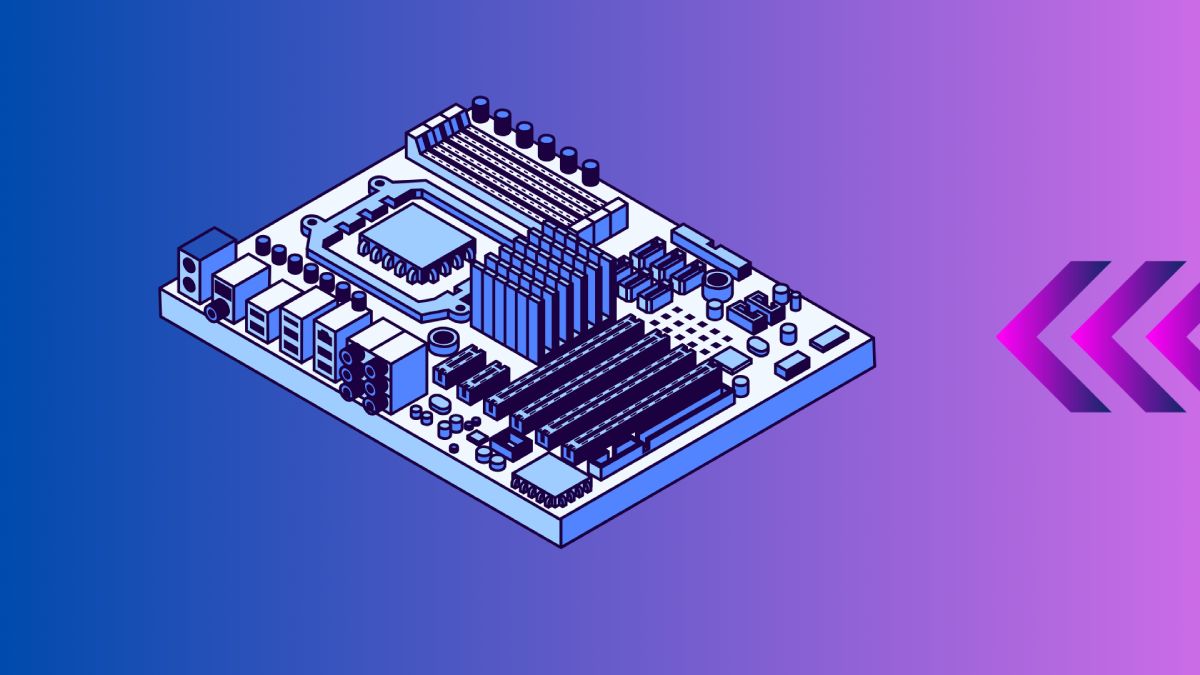
The motherboard is the backbone of your computer, connecting all essential components such as CPU, RAM, and storage. If you’re wondering about motherboard prices, this guide will walk you through factors influencing costs, popular types, and tips for choosing the right motherboard within your budget.
Table of Contents
- Introduction to Motherboard Prices
- Factors Influencing Motherboard Costs
- Popular Types of Motherboards
- Choosing the Right Motherboard
- Conclusion
- External Resources
Introduction to Motherboard Prices
The cost of a motherboard can vary widely based on factors such as brand, chipset, features, and compatibility. Understanding these factors will help you make an informed decision when purchasing a motherboard for your PC build or upgrade.
For more detailed information on motherboard components and their functions, visit our comprehensive guide on what a motherboard does.
Factors Influencing Motherboard Costs
Several factors influence motherboard prices:
- Chipset: Higher-end chipsets (e.g., Z-series for Intel, X-series for AMD) typically cost more due to advanced features and overclocking capabilities.
- Form Factor: Mini-ITX, Micro-ATX, and ATX boards vary in size and price, with smaller form factors often costing more due to compact design.
- Features: Motherboards with additional features such as Wi-Fi, Bluetooth, RGB lighting, and multiple PCIe slots tend to be more expensive.
- Brand: Established brands like ASUS, MSI, Gigabyte, and ASRock offer premium motherboards with higher price tags.
- Compatibility: Ensuring compatibility with your CPU and other components may affect overall cost.
| Factor | Description |
|---|---|
| Chipset | Determines features and performance |
| Form Factor | Size and design |
| Features | Additional functionalities |
| Brand | Reputation and quality |
| Compatibility | Ensuring components work together |
Popular Types of Motherboards
- ATX Motherboards: Standard size with ample expansion slots.
- Micro-ATX Motherboards: Compact with fewer expansion options.
- Mini-ITX Motherboards: Ultra-compact, suitable for small form factor builds.
For more information on different types of motherboards, see our guide on motherboard types.
Choosing the Right Motherboard
When choosing a motherboard, consider your budget and intended use:
- Budget Builds: Opt for a motherboard that meets your basic needs without unnecessary features.
- Gaming PCs: Look for motherboards with gaming-specific features like PCIe slots for graphics cards and robust cooling solutions.
- Content Creation: Consider motherboards with high-speed RAM support and multiple storage options for faster data access.
For a detailed guide on choosing the right motherboard, visit our guide on how to choose a motherboard.
Conclusion
Understanding motherboard prices involves considering various factors such as chipset, form factor, features, and brand reputation. By weighing these factors against your budget and computing needs, you can make an informed decision when purchasing a motherboard for your PC build or upgrade.
For further information on current motherboard prices and comparisons, check out reputable sources like PCPartPicker and Newegg.

